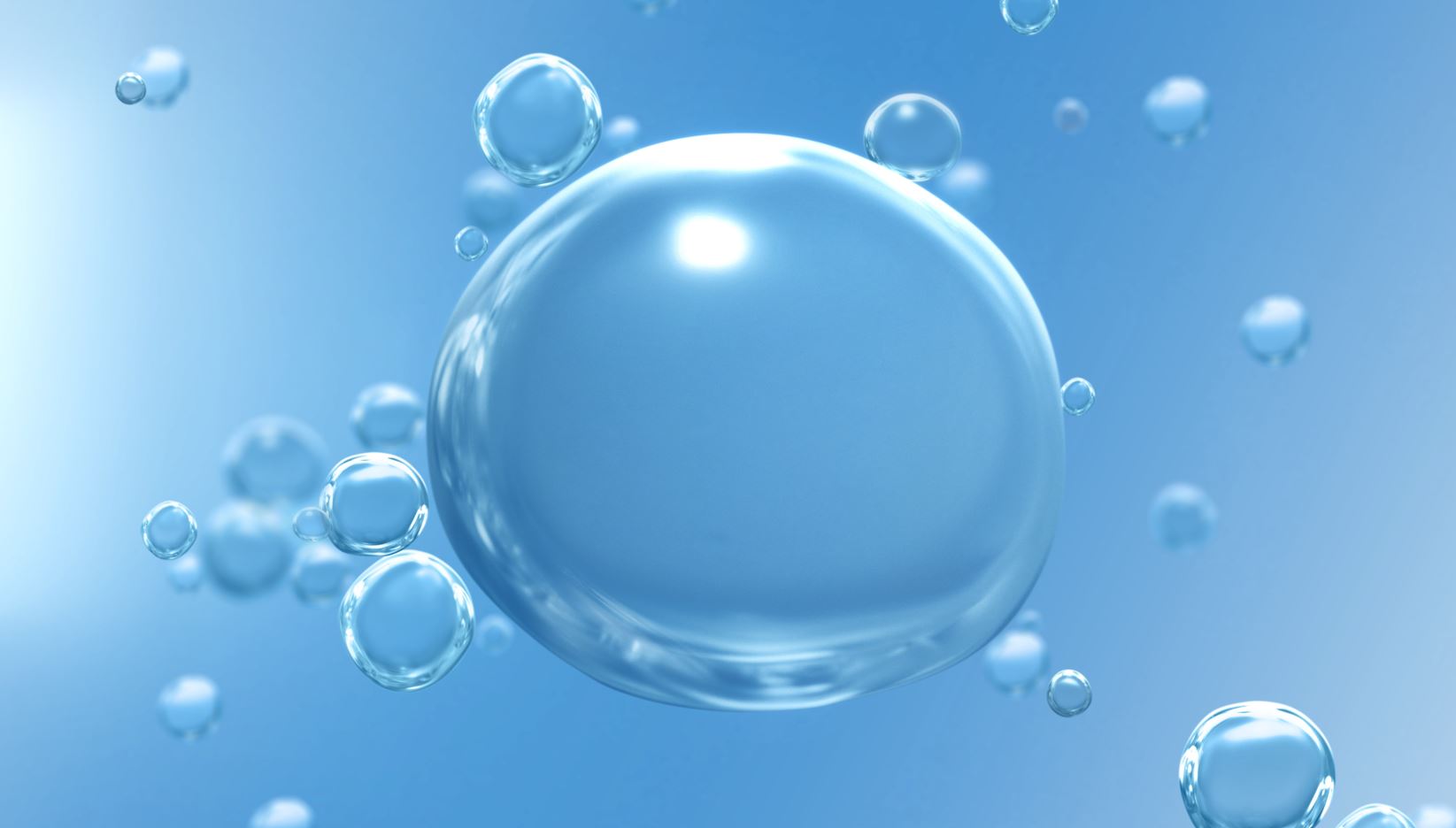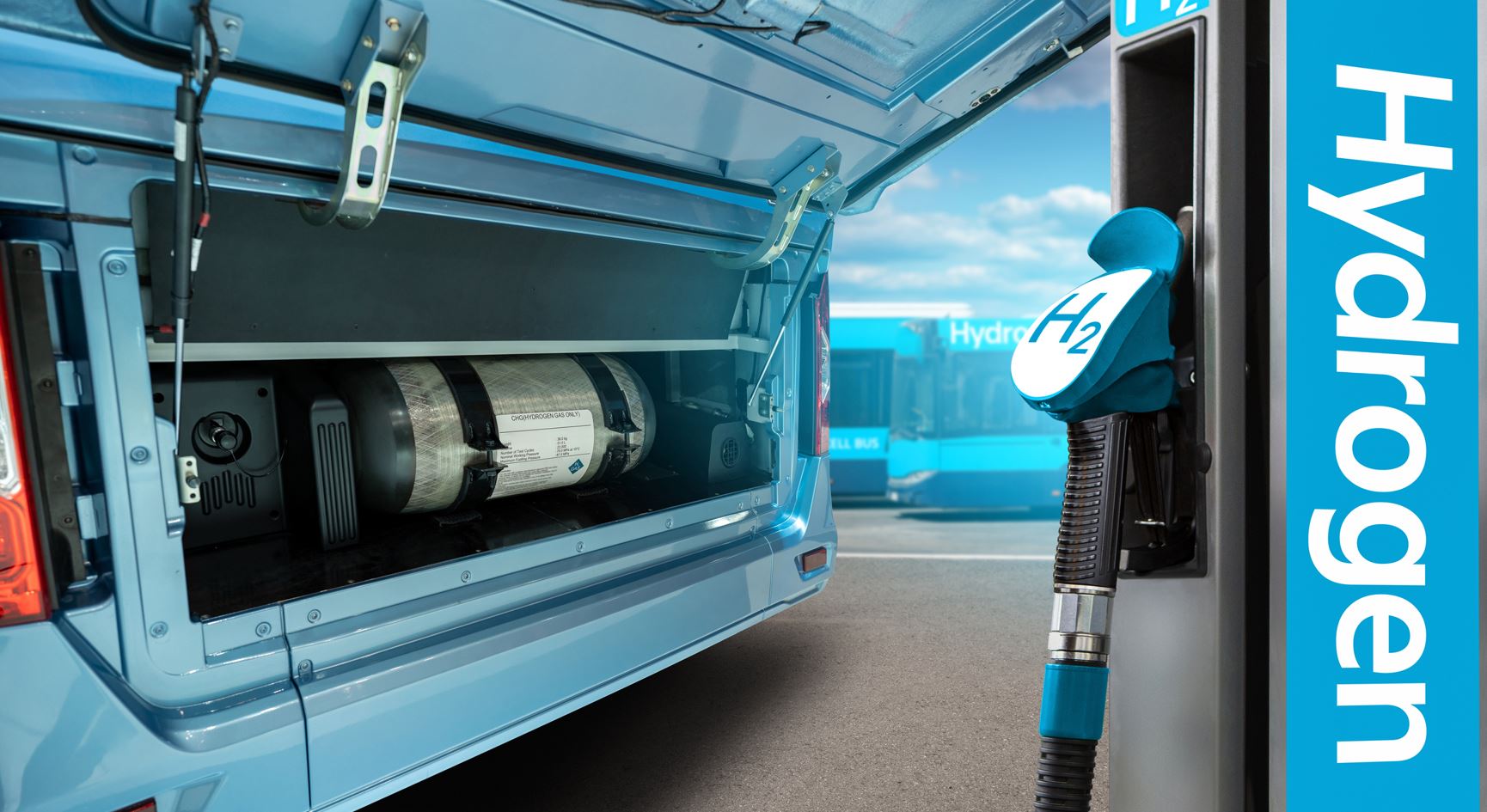
Flinders University has made an important contribution to the understanding of the stability of photocatalysts for water splitting to improve potential hydrogen production methods.
Hydrogen produced from renewable energy sources can be used as fuels that do not contribute to CO2 emissions so is emerging as an important future power source.
In South Australia, there are plans to open the world’s largest hydrogen power plant near Whyalla, as part of an expansive Hydrogen Jobs Plan, which underlines the timeliness of the latest research by Flinders University, University of Adelaide and Tokyo University of Science experts.

“It’s an exciting time to be involved in hydrogen science, and there are rapid advances being made to ensure the greatest possible efficiency of hydrogen production,” says Flinders Professor of Chemical Physics Gunther Andersson, first author in a new article outlining the method in an American Chemical Society (ACS) journal.
Photocatalytic water splitting is a promising technique to split water into hydrogen and oxygen using semiconductor particles as photocatalysts. While researchers understand that the structural and electronic properties of photocatalyst semiconductors play a major role in determining photocatalytic activity, their goal is to find the best and most efficient material to assist this process – which they have found to be chromium oxide.
“Cocatalysts can promote efficient photocatalytic water splitting by supporting the electron and hold separation and acts as active sites for the water splitting reaction,” says Professor Andersson, who is Deputy Director of the Flinders University Institute for NanoScale Science and Technology at the College of Science and Engineering.
“However, the cocatalyst requires a protective overlayer to suppress the H2 and O2 recombination which will result in a backward reaction that takes H2 and O2 back to H2O.”

Hydrogen can be made in four ways – from thermo-chemical processes, electrolytic, direct solar water splitting processes or biological processes.
“We need to find the right overlayer material to ensure the most efficient photocatalytic water splitting – and this led us to explore mixed transition metal oxides,” says first author Abdulrahman Alotabi, who led the research.
“We know that chromium oxide overlayers protect the water-splitting process in photocatalysis for solar light driven hydrogen production,” he says.
“Our work found that the thermal stability of the chromium oxide overlayer on the chemical nature of the underlying photocatalyst.”
Importantly, the international research team also found that the chromium oxide overlayers do not contribute to the water splitting reaction.
Senior co-author University of Adelaide Professor of Chemistry Gregory Metha adds: “World-leading photocatalysts have chromium oxide overlayers and this work reveals new insights into the nature of the coating that could lead to improvements in future materials.”
It is known that chromium oxide overlayers protect the water splitting process in photocatalysis for solar light driven hydrogen production. The researchers found that the thermal stability of the chromium oxide overlayer depends on the chemical nature of the underlying photocatalyst.
“Understanding the stability, oxidation state, and electronic structure of the chromium-oxide layer on photocatalyst particles under annealing is essential for overlayer applications in photocatalytic water splitting,” says Professor Andersson.
The research – Reduction and Diffusion of Cr-Oxide Layers into P25, BaLa4Ti4O15, and Al:SrTiO3 Particles upon High-Temperature Annealing, by Abdulrahman Alotabi, Thomas Small, Yanting Yin, DJ Osborn, Shuhei Ozaki, Yuki Kataoka, Yuichi Negishi, Kazunari Domen, Gregory Metha and Gunther Andersson – has been published in the ACS Applied Materials & Interfaces Journal.
As part of South Australia’s zero carbon emission renewable energy program, the SA Hydrogen Hubs (SA-H2H) initiative based at the Tonsley Innovation District is bringing together hundreds of industry connections, government, research and other parties in the state to deliver hydrogen supply-chain scale by 2025.
Read more in Cosmos: Hydrogen can be made from water with light – but it’s tricky

